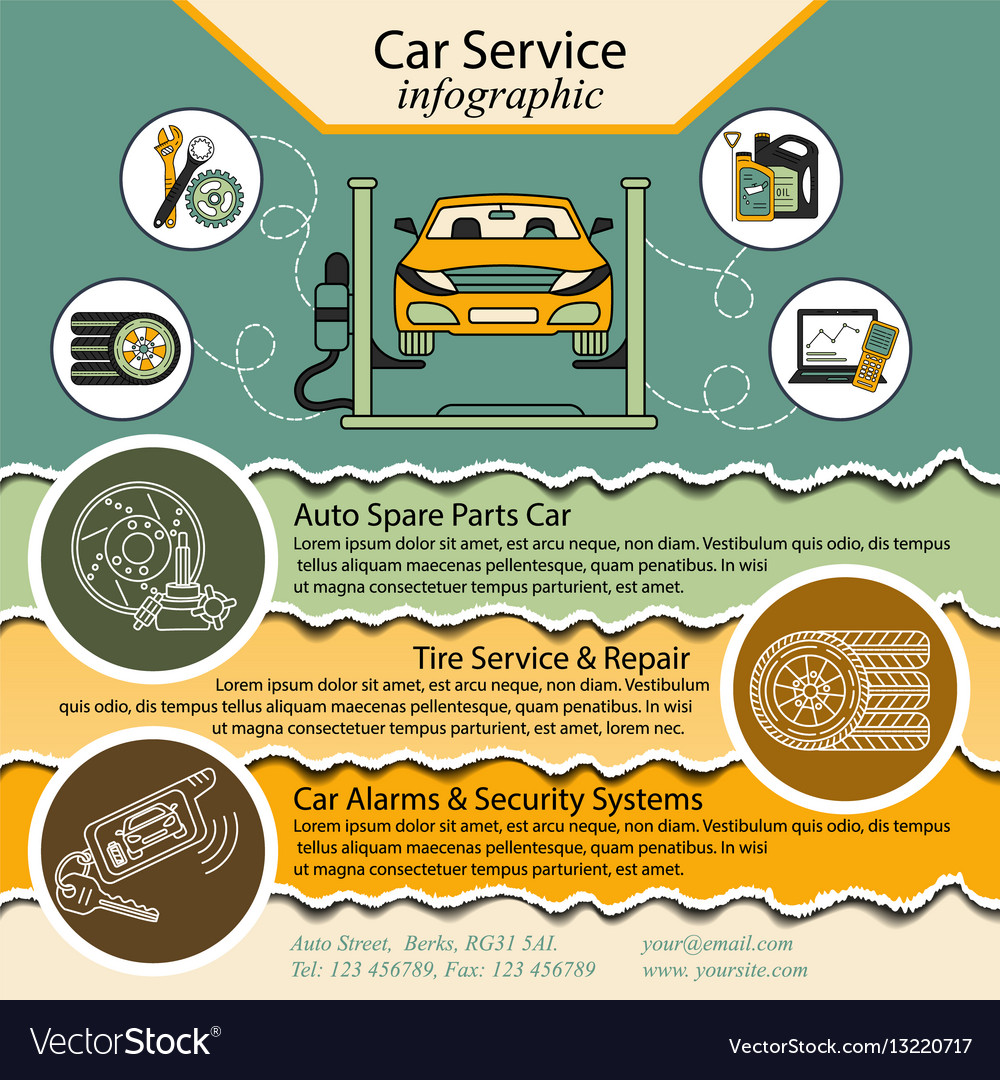Decoding Your Vehicle'S Warning Indicators: What They Really Symbolize
Decoding Your Vehicle'S Warning Indicators: What They Really Symbolize
Blog Article
Personnel Author-Boye Forbes
When you're behind the wheel, those beautiful caution lights on your control panel can be a little bit perplexing. Do you know what they're trying to tell you concerning your vehicle's wellness? Understanding the value of these lights is important for your safety and security and the long life of your automobile. So, steam clean car engine near me following time among those lights pops up, wouldn't you intend to understand its message properly and take the necessary actions to address it?
Common Caution Lights and Interpretations
Identify usual warning lights in your automobile and recognize their meanings to make certain risk-free driving.
One of the most normal warning lights consist of the check engine light, which signals issues with the engine or discharges system. If stek dynoshield begins, it's essential to have your automobile examined quickly.
The oil pressure advising light suggests reduced oil pressure, needing immediate attention to prevent engine damage.
A flashing battery light might recommend a malfunctioning billing system, potentially leaving you stranded otherwise resolved.
The tire stress tracking system (TPMS) light alerts you to reduced tire pressure, impacting lorry security and fuel effectiveness. Disregarding this can bring about harmful driving problems.
The abdominal light suggests a problem with the anti-lock stopping system, compromising your capability to quit rapidly in emergencies.
Lastly, the coolant temperature level alerting light warns of engine overheating, which can lead to extreme damage otherwise solved quickly.
Understanding these common warning lights will aid you address problems quickly and keep secure driving problems.
Value of Prompt Interest
Comprehending the common caution lights in your automobile is just the primary step; the value of promptly resolving these cautions can't be emphasized sufficient to ensure your safety when traveling.
When a caution light illuminates on your dashboard, it's your car's method of interacting a possible issue that requires interest. Overlooking these cautions can bring about much more severe issues later on, jeopardizing your safety and security and potentially costing you much more in repairs.
https://brake-pads73950.blogproducer.com/36791768/comprehending-the-definition-behind-your-vehicle-s-caution-lighting-a-thorough-look to advising lights can protect against failures and accidents. For instance, a blinking check engine light might indicate a misfire that, if left ignored, might cause damages to the catalytic converter. Addressing this promptly can save you from a pricey repair service.
Similarly, a brake system warning light could signal low brake liquid or worn brake pads, critical parts for your security when driving.
Do It Yourself Troubleshooting Tips
If you see a caution light on your dashboard, there are a couple of do it yourself repairing tips you can attempt prior to looking for expert aid.
The very first step is to consult your vehicle's handbook to recognize what the specific caution light indicates. Sometimes the issue can be as simple as a loose gas cap setting off the check engine light. Tightening the gas cap may settle the trouble.
One more common issue is a low battery, which can trigger various cautioning lights. Inspecting the battery links for corrosion and guaranteeing they're secure could repair the problem.
If a caution light persists, you can attempt resetting it by detaching the cars and truck's battery for a few mins and after that reconnecting it. Furthermore, examining your vehicle's fluid degrees, such as oil, coolant, and brake liquid, can assist troubleshoot cautioning lights associated with these systems.
Conclusion
Finally, comprehending your auto's caution lights is important for keeping your car running efficiently and securely. By promptly resolving these alerts and knowing what they suggest, you can stay clear of expensive fixings and possible break downs.
Keep in mind to consult your auto's manual for specific details on each cautioning light and take action as necessary to guarantee a trouble-free driving experience.
Stay informed, stay safe when traveling!
